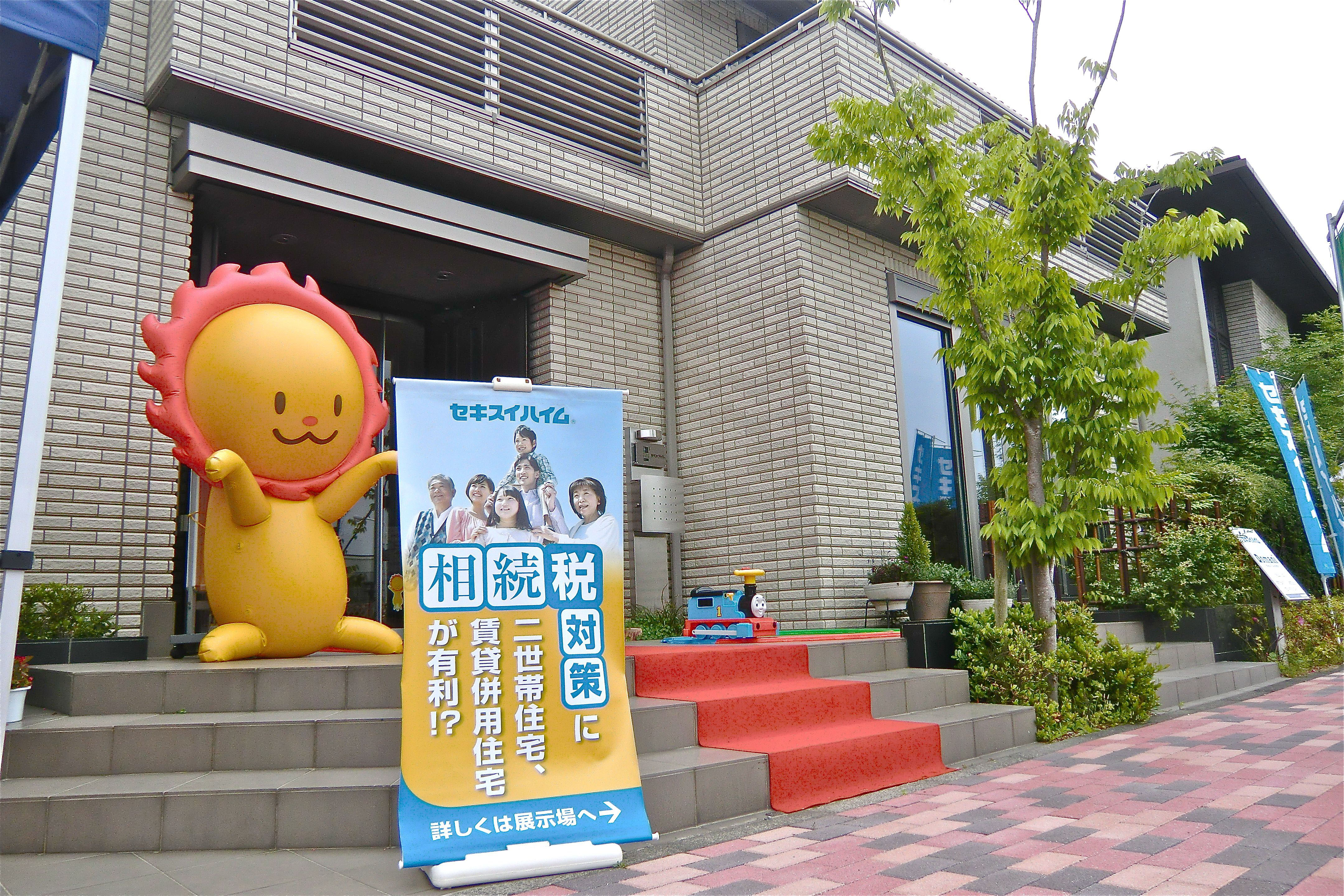Though their numbers have dwindled in the developed world over the past century, multi-generation households are still common, and in fact may become even more common in countries where income gaps are increasing. In Japan, multi-generation households have social relevance owing to cultural norms, the Justice Ministry's Civil Code and relative high cost of land, but there are fewer than there used to be.
The housing industry has responded to the need for multi-generation households with specific products. In Japanese, these homes are called nisetai jutaku, or "two-generation houses," though, strictly speaking, they usually contain three generations. The term was coined by Asahi Kasei Homes in 1975 for a new line of housing. The idea of more than one generation living under one roof was not new, but Asahi's approach was.
Traditionally, the eldest son would remain in or move back into his parents' home after he married and eventually take title to the property when the parents died. The government encouraged such arrangements by offering a "special deduction" for inheritance taxes to those who lived in the home with their parents, as long as they continued to live there and didn't sell the home. The social advantages were clear: The son maintained the family domicile and saved money, while the parents gained live-in help for their twilight years, usually in the form of their daughter-in-law, thus saving the government a certain margin in social security.

















With your current subscription plan you can comment on stories. However, before writing your first comment, please create a display name in the Profile section of your subscriber account page.